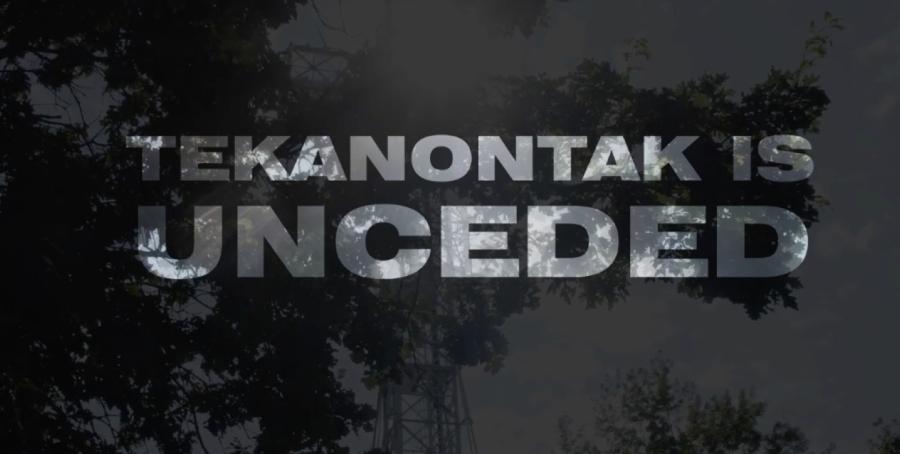This book of selections about indigenous, mostly North American, ways of justice is overdue. It can usefully serve as a reference and guide to how Native North Americans dealt with discord in their own precolonial societies and their varied responses to European-based law; it also provides guidelines for those seeking change in existing legal systems. The editor notes that the articles about healing- and sentencing-circle procedures in indigenous communities (Innu, Navajo, Maori, and Haudenosaunee, among others) have been among the most requested reprints from the original newsletter upon which this book is based. The newsletter articles were published between 1995 and 2004 by the Native Law Centre of Canada, located at the University of Saskatchewan.
The book is accessible to non-Native and non-Canadian readers thanks to a list of abbreviations and Canadian terms. Each of the major three sections has its own introduction, and the book includes a full description of contributors’ backgrounds, including organizational contributors (such as federations and healing circles).
The description of traditional justice will appeal to those who find current legal systems inadequate and those who would like to see increasing attention paid to community as an antidote to the impersonal forces that seem to determine our lives from afar. To the extent that we feel helpless to change our political institutions, we are also “colonized.” The contributors to this book seek change in the long term: “When we begin to formulate a view of our true identity,” Wanda McCaslin writes in the introduction, “we are inevitably forced to understand our past oppression as well as to decolonize the criminal justice system.”
The traditional ways described in the book are varied, but all are rooted in a holistic perspective, and most concepts of justice include reconciling the natural world and that of emotions—in effect, the entire universe. The Maori author says, “Justice is the means by which we, as humans, keep our world balanced.” Law, like life, is linked to the elaborate relationships that still exist in many tribal communities. Ada Pecos Melton writes that under indigenous peacemaking, also known as restorative justice, “Offenders remain an integral part of the community because of their important role in defining the boundaries of appropriate and inappropriate behavior.” These notions are different than a system in which ‘bad’ behavior is defined in detailed written codes, and in which the offender is sent away from the community in which the offense occurred. In indigenous societies, the person harmed is also recognized as being a member of an injured family and community that has to be put back into balance, to be made whole. While the means to restoration differ among various indigenous societies, this basic outlook remains.
Healing requires confronting trauma internalized over generations, as well as pressures to assimilate and the ongoing denigration of peoples and cultures. “Because we have internalized many of these destructive patterns,” McCaslin writes, “harms make us confront how we are acting them out—not on the colonizers, but in most cases on each other.” The challenge involves bringing the community back into the picture, and letting it find its own way back to harmony. There is much agreement among the authors here that successful justice projects must be firmly rooted in the communities they are intended to serve, and cannot be imposed from above.
Changing criminal justice systems require initiating entirely new respectful listening processes among and within native groups and between those groups and existing legal structures. Since the actions defined as wrongs are often essentially the same, e.g., theft, assault causing injury, and sexual abuse, similar legal standards regarding breaches in interpersonal relations (criminal and family matters) could be adopted.
It is far more difficult to institute and adjust socio-economic structures that can respond to abuses and oppression by the dominant state. Restoration via financial compensation will not work in indigenous communities, especially for loss of land.
One contributor to this volume, Erica-Irene Daes, a human-rights official from the U.N., makes several useful comments on how indigenous peoples could re-empower themselves. She writes that as long as a few fragments of their heritage survive, concerned tribes can recover what seems to be lost. Daes urges peoples who have been occupied by a foreign power not to relinquish their cultural heritage, including their justice traditions. Peoples’ unique laws reflect their different ecological relationships with their environments: desert peoples will have different laws than forest people. Primacy is to be given to local requirements for using the land and its resources. Thus, if the requisite political will is present, ways may be found to go back and go forward and to institute true restorative change.




